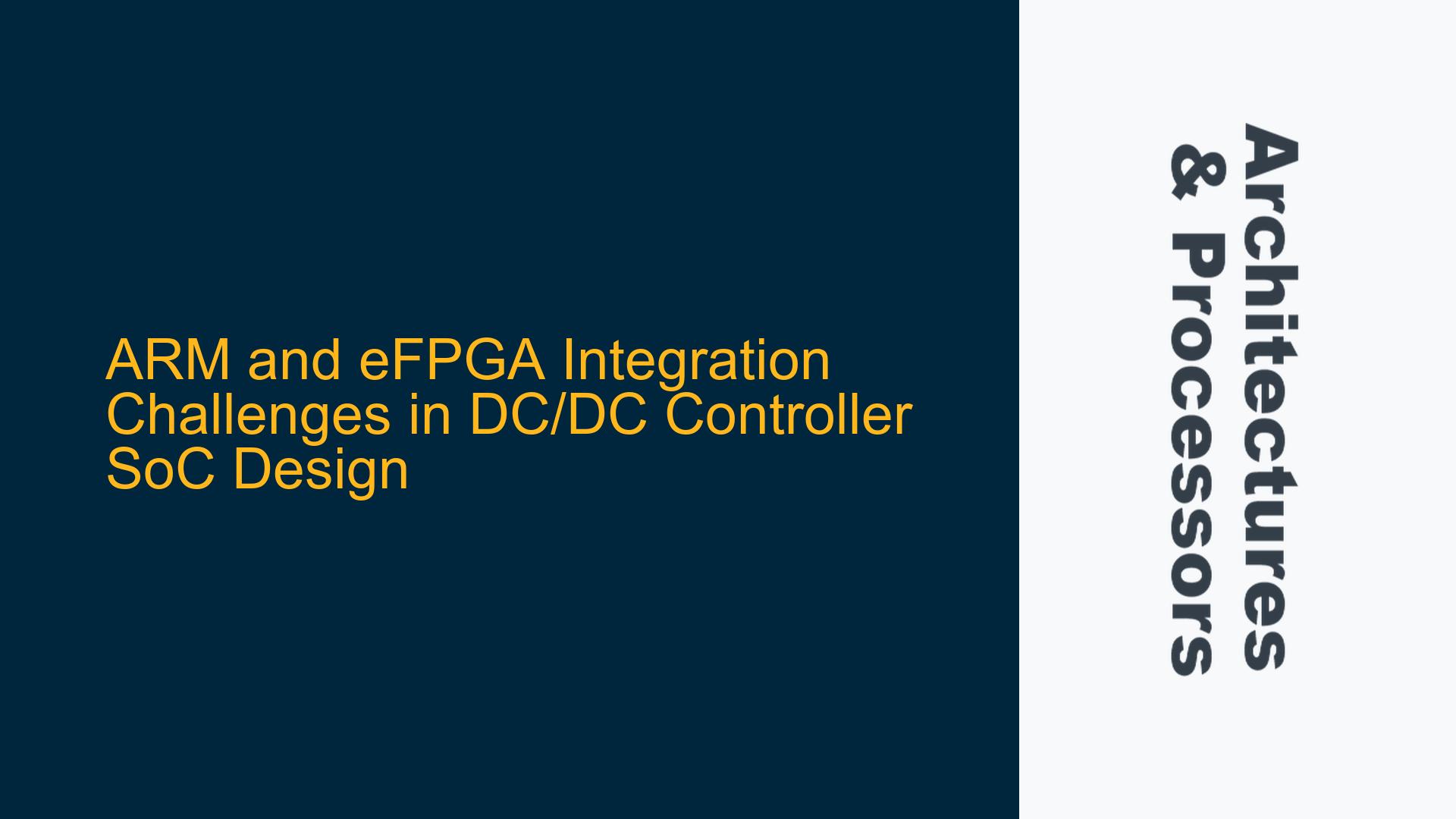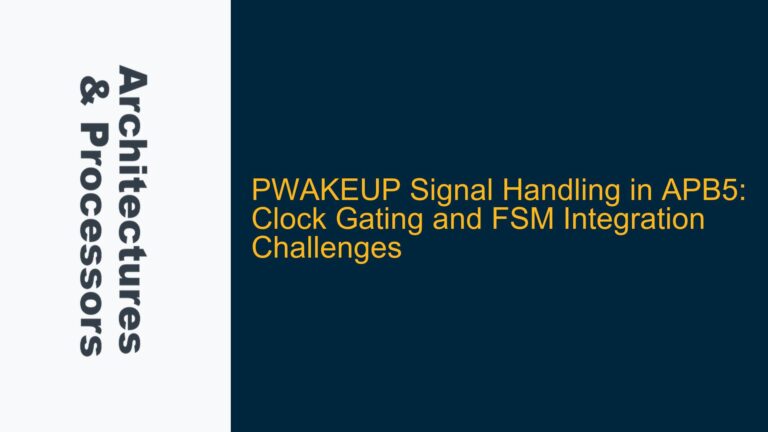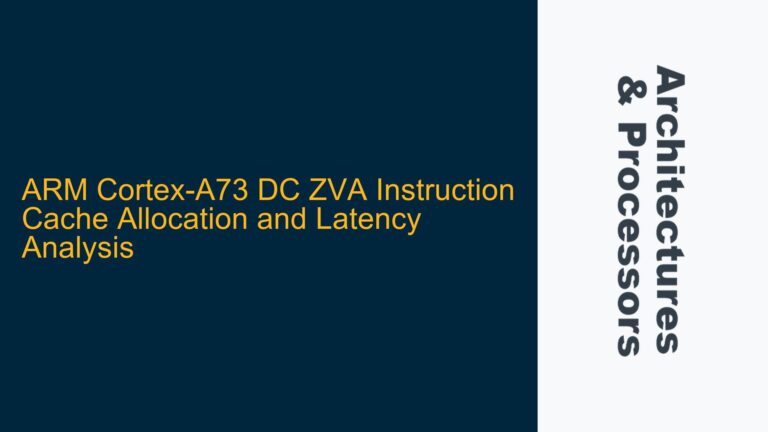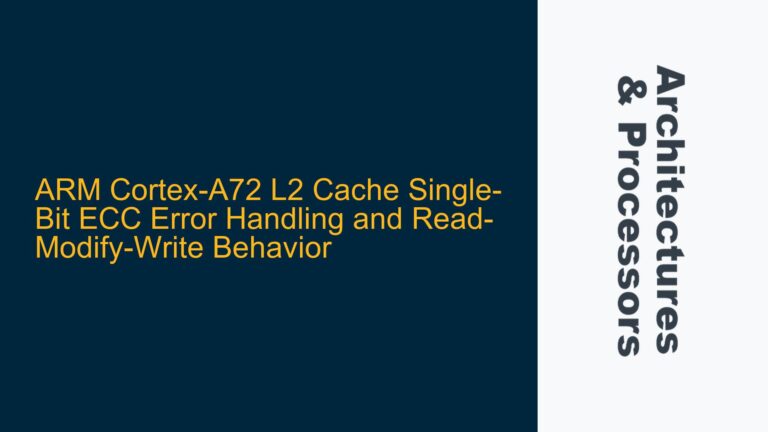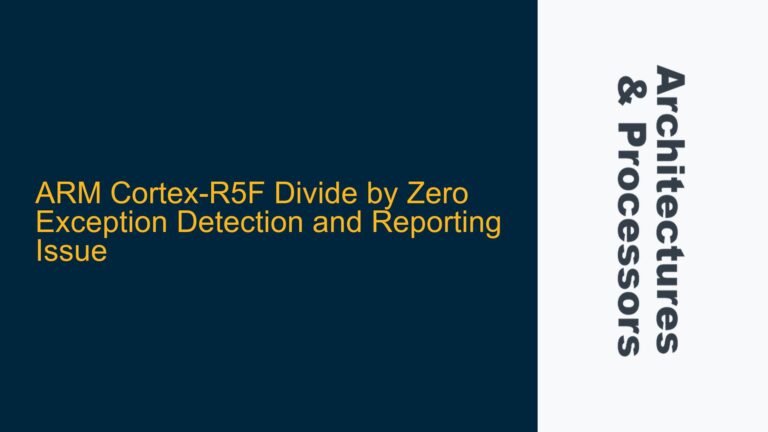ARM and eFPGA Synchronization Complexity in DC/DC Control Applications
The integration of ARM-based microcontrollers (MCUs) with embedded FPGA (eFPGA) fabrics in DC/DC controller SoCs presents a unique set of challenges, particularly in achieving synchronization between the high-speed ARM MCU and the eFPGA fabric. DC/DC controllers require precise timing and control to regulate voltage conversion efficiently, and the addition of an eFPGA fabric introduces complexities in clock domain crossing, data transfer, and control signal synchronization. The ARM MCU typically operates at a high clock frequency to handle complex control algorithms, while the eFPGA fabric is often used for implementing custom logic, real-time signal processing, or interfacing with analog components. The mismatch in clock domains and the need for real-time communication between the ARM MCU and eFPGA fabric can lead to significant design and verification challenges.
One of the primary issues is the latency introduced during data exchange between the ARM MCU and the eFPGA fabric. The ARM MCU may need to send control signals or receive feedback from the eFPGA fabric in real-time, but the asynchronous nature of their clock domains can cause delays or data corruption. Additionally, the eFPGA fabric may require precise timing for its operations, which can be disrupted if the ARM MCU fails to synchronize its signals properly. This synchronization complexity is further exacerbated by the need to meet stringent performance requirements in DC/DC control applications, where even minor timing errors can lead to inefficient power conversion or system instability.
Another challenge is the resource overhead associated with implementing synchronization mechanisms. The ARM MCU and eFPGA fabric must share data through interfaces such as AXI or AHB, which require additional logic for clock domain crossing, FIFO buffers, and handshake protocols. These mechanisms consume valuable resources on both the ARM MCU and eFPGA fabric, potentially limiting the overall performance and scalability of the SoC. Furthermore, the verification of these synchronization mechanisms is non-trivial, as it involves testing for corner cases such as metastability, data loss, and timing violations across multiple clock domains.
Clock Domain Mismatch and Resource Overhead in ARM-eFPGA Integration
The root cause of synchronization challenges in ARM-eFPGA-based DC/DC controller SoCs lies in the inherent clock domain mismatch between the ARM MCU and the eFPGA fabric. The ARM MCU typically operates at a high clock frequency to execute complex control algorithms, while the eFPGA fabric may operate at a different frequency optimized for its specific tasks. This clock domain mismatch necessitates the use of synchronization circuits, such as dual-clock FIFOs or handshake protocols, to ensure reliable data transfer between the two domains. However, these circuits introduce additional latency and resource overhead, which can degrade the overall performance of the SoC.
Another contributing factor is the lack of standardized communication protocols between the ARM MCU and eFPGA fabric. While ARM provides AMBA protocols like AXI and AHB for on-chip communication, these protocols are not always optimized for interfacing with eFPGA fabrics. As a result, designers often need to implement custom interfaces or adapt existing protocols to meet the specific requirements of their DC/DC control applications. This customization process can be time-consuming and error-prone, leading to potential integration issues during the design phase.
The resource overhead associated with synchronization mechanisms is another significant concern. The ARM MCU and eFPGA fabric must allocate resources for FIFO buffers, clock domain crossing logic, and handshake protocols, which can reduce the available resources for implementing core functionality. For example, the eFPGA fabric may need to dedicate a portion of its logic elements to implementing synchronization circuits, leaving fewer resources for custom logic or signal processing tasks. Similarly, the ARM MCU may need to allocate memory and processing cycles for managing data transfer and synchronization, which can impact its ability to execute control algorithms efficiently.
Optimizing Clock Domain Crossing and Resource Allocation in ARM-eFPGA SoCs
To address the synchronization challenges in ARM-eFPGA-based DC/DC controller SoCs, designers must adopt a systematic approach to optimizing clock domain crossing and resource allocation. The first step is to carefully analyze the timing requirements of the DC/DC control application and identify the critical paths that require synchronization between the ARM MCU and eFPGA fabric. This analysis should include a detailed examination of the data transfer rates, latency constraints, and clock frequencies of both the ARM MCU and eFPGA fabric.
Once the critical paths have been identified, designers can implement optimized synchronization mechanisms to minimize latency and resource overhead. One effective strategy is to use dual-clock FIFOs with carefully sized buffers to handle data transfer between the ARM MCU and eFPGA fabric. These FIFOs should be designed to accommodate the worst-case latency scenarios and ensure reliable data transfer even under high load conditions. Additionally, designers can use handshake protocols to coordinate data transfer and ensure that both the ARM MCU and eFPGA fabric are ready to send or receive data.
Another important consideration is the allocation of resources for synchronization circuits. Designers should aim to minimize the resource overhead by optimizing the size and configuration of FIFO buffers, clock domain crossing logic, and handshake protocols. This optimization process may involve trade-offs between latency, resource usage, and performance, and should be guided by the specific requirements of the DC/DC control application. For example, designers may choose to prioritize low latency for critical control signals while accepting higher latency for less time-sensitive data.
Finally, designers must rigorously verify the synchronization mechanisms to ensure their correctness and reliability. This verification process should include simulation and testing for corner cases such as metastability, data loss, and timing violations. Designers can use advanced verification methodologies such as Universal Verification Methodology (UVM) to create comprehensive testbenches that cover all possible scenarios and ensure that the synchronization mechanisms perform as expected under all conditions.
In conclusion, the integration of ARM-based MCUs with eFPGA fabrics in DC/DC controller SoCs presents significant synchronization challenges due to clock domain mismatch and resource overhead. However, by adopting a systematic approach to optimizing clock domain crossing and resource allocation, designers can overcome these challenges and achieve reliable and efficient operation in their DC/DC control applications.
